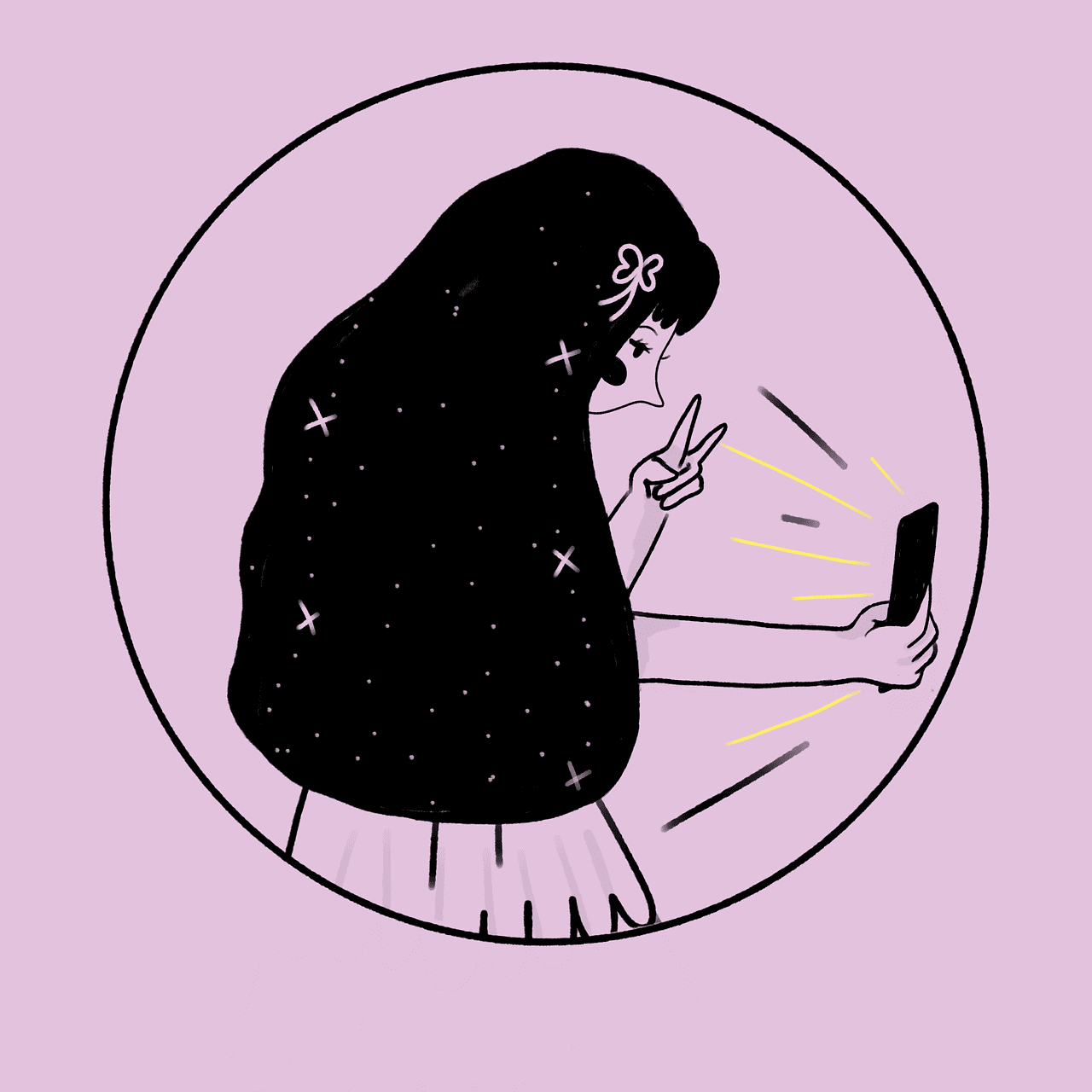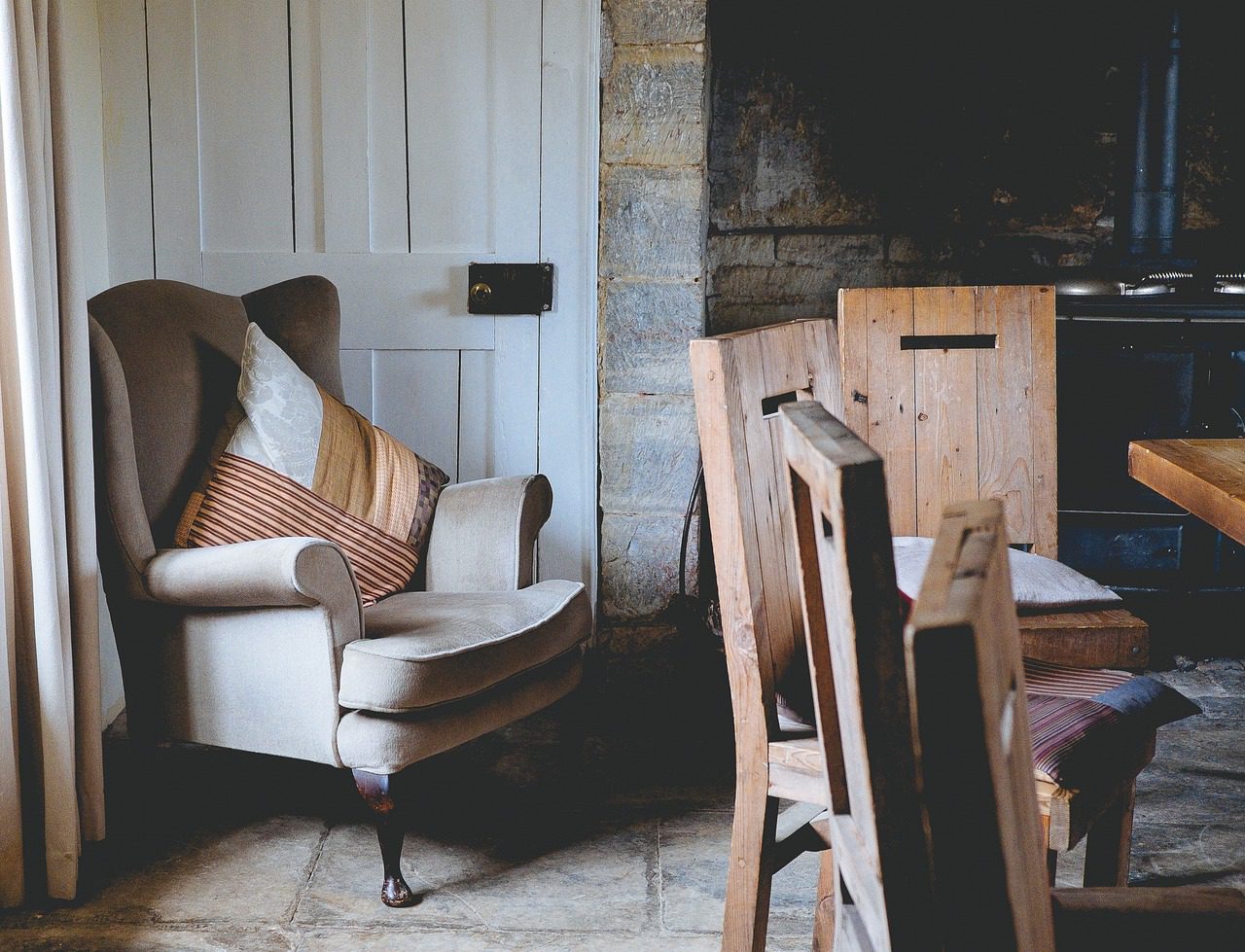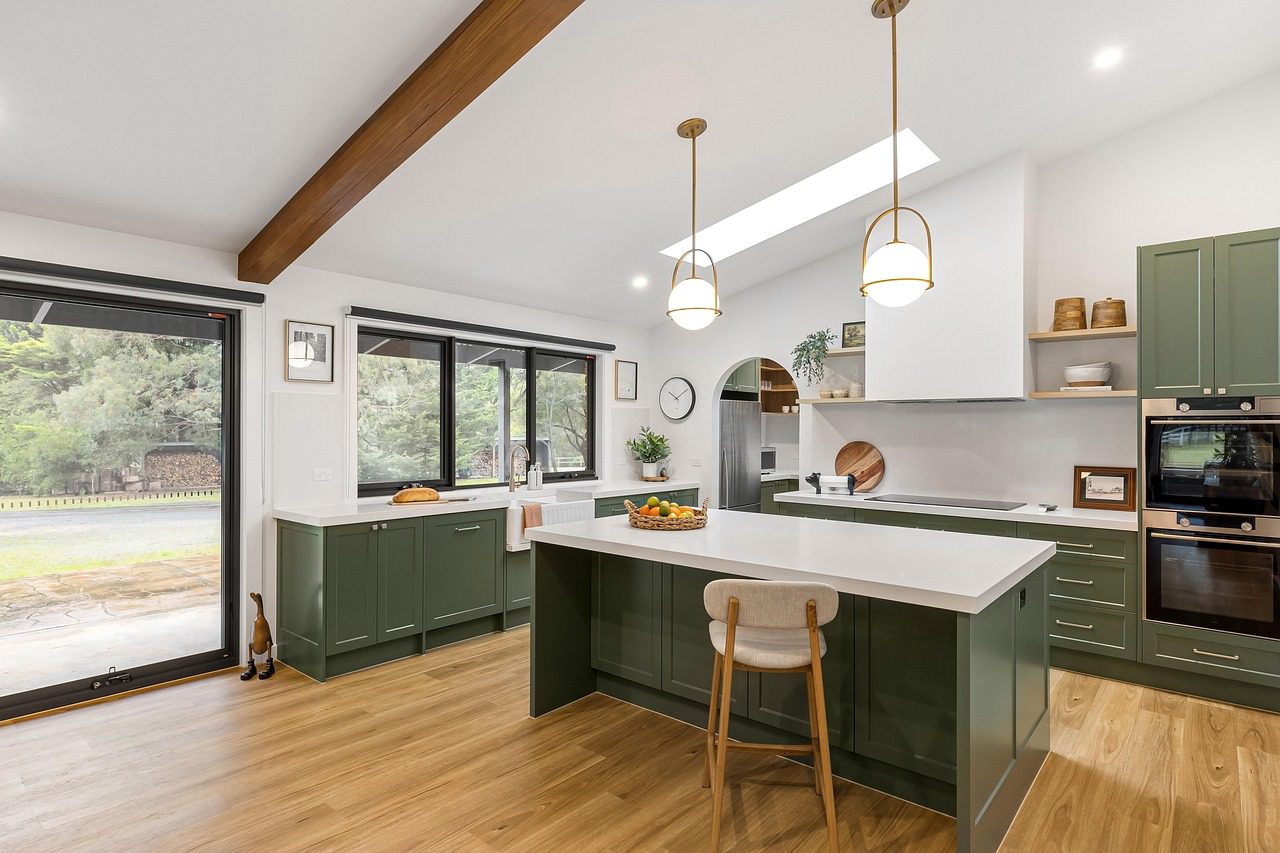Too Much on Your Plate? Let Wordbirdy Handle the Words

Running a business isn’t just running a business.
It’s juggling operations, finance, HR, marketing, compliance, morale, and somehow remembering to update the homepage before the next product launch. Even if you’ve got a great team, a few trusty consultants, and more Trello boards than you’d care to admit — there’s still too much.
And somewhere in the chaos is the copy.
The blog posts you never got around to.
The product descriptions that sound like everyone else’s.
The About page that doesn’t quite sound like… you.
Sound familiar?
You’re not alone. The modern business is a sprawling, shape-shifting thing. One that demands clarity, relevance, and trust — fast.
And that all starts with words.
The Problem With “Doing It Later”
Here’s what tends to happen:
You know you need a clearer message. You want your business to sound more like itself — warmer, sharper, more confident. But other things feel more urgent. Supply chain issue. Staff training. A competitor’s ad campaign you’ve just seen and hated how effective it was.
So the copy gets bumped down the list. Again.
But the truth is: your words are often the first impression, the last reassurance, and the only thing your customers have to go on before they buy, book, or walk away.
So why not get help?
A Kitchen Business. A Tangled Voice. A Clear Result.
Let me tell you about Northbridge Kitchens — a small, independent company designing and building high-quality kitchens from their workshop in Yorkshire.
The founder, Mark, knew his business inside out. He was on-site most days, speaking to clients, running his team, and overseeing custom builds. But his brand? Online, it felt like someone else.
His website was wordy in places and vague in others. His emails were inconsistent. His tone didn’t reflect the care and detail that went into every job. And every time he tried to fix it, something more pressing took priority.
So Mark called me.
Here’s what we did:
- Clarified his brand voice: approachable, expert, and no-nonsense
- Rewrote the website in language that felt more him
- Created useful, SEO-friendly blog posts that answered real customer questions
- Built a tone of voice guide his whole team could use, from quotes to customer service emails
The transformation? Subtle, but powerful. Customers were more confident. Leads were warmer. The business felt more together. And Mark got to stop overthinking every sentence and go back to doing what he does best — building beautiful kitchens.
What About Your Brand Voice?
Maybe you’re worried that letting someone else write your copy will dilute your voice. Make it sound generic. Off-brand.
That’s not how I work.
I listen closely. Ask the awkward, helpful questions. Pay attention to your tone, your habits, your customers. Then I write like you — but with the waffle stripped out, the message sharpened, and a little extra clarity where it counts.
The result?
Your words, working harder.
Your brand, sounding like itself.
Your audience, feeling like they’re in the right place.
Wordbirdy: A Quietly Helpful Wingperson
At Wordbirdy, I help businesses make sense of their message — and sound more like themselves in the process.
That means blog posts that don’t feel like homework.
Web copy that connects.
Messaging that reflects the messy, brilliant reality of what you do — and makes it easy for people to care.
Because clear, consistent, on-brand copy isn’t just a nice-to-have.
It’s a business asset.
It’s trust, in written form.
And it’s one less thing on your list.
Ready to let someone else take the words off your plate?
Image courtesy of Pixabay
Embrace the small failures

Recently, Mark Manson’s newsletter struck a chord. In it, he writes, “If you’re not failing, you’re not learning. If you’re not learning, you’re not growing. If you’re not growing, you’re not living.” This simple, powerful truth made me reflect on my own experiences with failure and how I encounter it regularly, yet it often feels like something to be avoided.
There’s a quiet kind of failure that no one warns you about. It’s not the cinematic kind — the big, crashing defeat that makes for great storytelling and personal breakthroughs. It’s smaller and subtler. It’s the ignored introduction, the unanswered email, the idea that never quite catches. These are the little moments where I fail over and over again.
I fail a little every day.
But I’ve come to believe that if you’re not failing, you’re not learning.
And if you’re not learning, you’re not growing.
And if you’re not growing, you’re not really living.
As E.F. Schumacher once wrote, in A Guide for the Perplexed in 1977, “If I limit myself to knowledge that I consider true beyond doubt, I minimise the risk of error but I maximise, at the same time, the risk of missing out on what may be the subtlest, most important and most rewarding things in life.” Failure and risk go hand in hand, and avoiding them often feels like self-preservation. But what I’ve learned from all those silent rejections, from the days when it feels like the world is politely pretending I don’t exist, is that the alternative — a life without risk — leaves no room for growth.
One of the clearest, most humbling lessons on failure, though, hasn’t come from books or essays. It’s come from watching my own children.
Children are born into failure. From the moment they arrive in this world, they are stumbling through it, quite literally. I’ve watched my children try, fail, and try again more times than I can count — falling over when they learned to walk, fumbling with words when they learned to talk, struggling with puzzles, bikes, friendships, math homework.
Each time they hit a wall, I braced myself, wondering if this would be the moment that discouraged them. But time after time, they surprised me.
They would cry, maybe for a moment, maybe longer. But then they’d try again.
They didn’t view their failure as a reason to stop — they saw it as part of the process. Their minds were wired for curiosity, not perfection. And their self-worth wasn’t yet entangled in flawless performance. They fell, they fumbled, and they got back up. Stronger.
Watching them has reminded me of something adulthood quietly takes away: the fearlessness to fail, over and over, and still believe in your ability to figure it out.
As we age, we start to see failure not as a stepping stone, but as a stop sign. We grow cautious, shrinking away from risks that could teach us, harden us, expand us. Fear of failure slowly fences us in.
Mark Manson’s perspective, like that of Ray Bradbury and Pixar’s Ed Catmull, and so many others emphasises that embracing failure is essential for both learning and living. They argue that creativity and success are only possible when we’re willing to fall and get back up again, not once, but over and over.
And so I’ve learned to honour the little failures that come with putting myself out there, especially the ones that sting. The ignored messages. The small ideas that go nowhere.
The conversations that don’t spark. The half-baked attempts. These are the signs of a life still in motion.
Because there is no learning without some difficulty, without some fumbling.
And if you want to keep on learning, you must keep on risking failure — all your life. It’s as simple as that.
So I’ll keep failing, a little, every day.
Because the moment I stop, I know I’ve stopped growing. And the moment I stop growing, I’ve stopped truly living.
Image by Ryan McGuire from Pixabay
Unfollowed: Because Our Kids Deserve Better Than Scroll Culture

I’ve lost count of how many times someone’s asked, “Where can I find you on social media?”
The answer is always the same: you can’t. Well — not really. I’m not on Instagram. Not on Facebook. Not on TikTok. I don’t spend my mornings scrolling Twitter (or whatever it’s calling itself these days). The only place you might catch a glimpse of me is LinkedIn — and even there, I’m far from “active.” I log in when I need to, for business, and then I’m gone.
It’s not that I live under a rock. I know the world is more connected than ever — but I also know the price we’re all paying for it. The truth is, I stay away from social media for a handful of reasons, and the biggest one stares me in the face every day: my children.
I want them to grow up with clear minds, strong self-worth, and a real sense of who they are — and it’s hard enough to build that without the constant noise of curated feeds, comparison traps, and endless algorithms telling them who or what they should be. Study after study confirms what many of us already know deep down: social media can wreak havoc on mental health, especially for young people. Increased anxiety, depression, reduced attention span, poor sleep — all of it linked to too much screen time, too much scrolling, too much digital noise.
And here’s the thing: if I don’t want that for them, I can’t make excuses for myself, either. I don’t want to be the parent telling them to “put the phone down” while my own face is lit up by the same blue glow. They’re always watching, and what I model speaks louder than anything I could ever say.
But even beyond the parenting side of things — I honestly just don’t have the time, nor the desire, for it. Social media is designed to steal your attention. It’s built to be a black hole for your time, pulling you into a cycle of scroll, compare, react, repeat. And I’d rather invest that precious time into something that actually feeds my mind.
If I have a free moment, you’re more likely to find me buried in a good book, scribbling down thoughts in my journal, writing a blog post like this one, or getting lost in a documentary that leaves me thinking long after the credits roll.
When it comes to LinkedIn, sure — I’ll acknowledge that in the business world, it’s almost a necessary evil. But even then, I’d rather pour my creative energy into building my clients’ websites, refining their blog posts, helping their businesses grow — not spending my day chasing algorithms and likes for posts that may or may not get noticed in an endless digital sea.
So no, I’m not on social media. It’s not a fluke, and it’s not temporary. It’s a choice. One that helps me stay clear on what really matters.
And honestly? I don’t miss it.
Thanks for reading — and if you were hoping to connect, you’ll have better luck finding me in real life, in a good book, behind a keyboard, or helping a client bring their ideas to life. Social media may be off the table, but real connection never is.
Image by Bianca Blauth from Pixabay
Why I Chose to Specialise in Interiors

I didn’t always know I’d end up writing about interiors. Like many creative careers, mine didn’t follow a neat or obvious path—it evolved slowly, shaped by instinct, curiosity, and a deep love of home.
I started out as a writer, working across various industries. Some stuck, some didn’t. But the moment I wrote my first piece for an interiors brand, a tiling company in fact, it felt different. Natural. Like something clicked into place.
Because when I looked back, it became clear: interiors were always there. Not just in my work, but in my life.
1. It Started Early—with Colour, Curiosity and Constant Rearranging
Even as a teenager, I was that person.
I’d move my bedroom furniture around every few weeks, just to see how it changed the feel of the room. I’d experiment with colour, texture, and mood before I even had the language for it. While some kids had posters on their walls, I had colour swatches and layout plans in my head.
I didn’t think of it as “design” back then. I just knew that my surroundings affected how I felt—and I wanted to shape them intentionally.
2. My First Flat (And a Taste of Transformation)
In my early twenties, I bought my first flat.
It wasn’t huge or fancy, but it was mine. I made lots of changes to it—some bold, some budget-friendly—and loved every moment of turning it into a space that reflected me. That sense of ownership, of crafting something from the inside out, was deeply satisfying.
That was probably the first time I truly understood the power of design not just to change a room—but to change how you live in it.
3. A Victorian Terrace, and a Shared Love of Projects
Not long after, I helped my boyfriend—now my husband—renovate his tall Victorian terrace in Hereford. It was our first big project together, and the beginning of what would become a shared passion for taking unloved homes and breathing life back into them.
From there, we bought another fixer-upper just outside Hereford. Then another, near Cirencester. Each house had its own quirks, its own problems, and its own story waiting to be told. And we loved uncovering that story, one room at a time.
4. Then Came the Georgian House—Our Most Ambitious Project Yet
And then we found a 200-year-old Georgian house, full of history, character… and challenges. It hadn’t been lived in for over two years. There was black mould on the walls. The ceilings were falling down. It was practically derelict—and it was listed, which meant extra red tape at every turn.
Most people thought we were mad. And maybe we were.
But we saw the bones—the elegance of Georgian proportions, the potential hidden under years of neglect. And slowly, carefully, we brought it back to life. Room by room, we restored the space while respecting its heritage. Today, it’s a beautiful, light-filled home—and the proudest chapter in our renovation story.
5. How That Journey Led Me to Writing for the Interiors World
Through all of that—from budget DIY projects to major structural overhauls—I developed a deep, firsthand understanding of design. Not just what looks good, but what works. What matters. What lasts.
So when I began working with interior designers and home brands as a content writer, it felt completely natural. I wasn’t writing from the outside—I was speaking from lived experience.
6. Why Interiors Still Light Me Up
Design sits at the perfect intersection of logic and emotion.
It’s practical, functional, and often technical. But it’s also deeply personal. It shapes how people feel, how they move through their day, how they experience comfort, identity, creativity, or calm.
As a writer, I’m fascinated by that balance—and I love putting it into words. I help interior designers and brands capture their vision, voice, and values through thoughtful, intentional copy. Whether I’m writing a website, a blog, or a brand story, my goal is always the same: to connect people to spaces in a way that feels meaningful.
I didn’t set out to specialise in interiors. But in hindsight, I’ve been telling stories about spaces my whole life.
From rearranging furniture in my teenage bedroom, to renovating a derelict Georgian house, to now helping designers articulate their craft—I’ve seen how powerful interiors can be.
They hold our memories. Reflect our personalities. And shape how we feel.
If you’re a designer looking for a writer who truly understands the heart of a home—and the art of telling its story—I’d love to help you bring it to life.
Storytelling Through Interior Design

Every designer knows that great interiors do more than look good—they make people feel something. Every time I walk into my living room, I feel calm; I feel like I want to get cosy with a book on the deep green velvet sofa, enclosed by the warmth of the warm green-painted walls and the soft lighting.
Whether it’s a sense of calm, inspiration, nostalgia, or joy, the emotional resonance of a space distinguishes exceptional design. At the core of that emotional connection lies something deeper than paint colours and floor plans: it’s storytelling.
Interior designers don’t just arrange furniture—they craft narratives. Each project presents an opportunity to tell a story, and the most impactful spaces are those where every detail has something to convey.
Here’s how to think like a storyteller as you design.
1. Begin with your client’s narrative
Behind every brief is a real story: who your client is, how they live, and how they want to live.
Good design starts with listening. Dig into their lifestyle, their pain points, their memories, and their aspirations. The way they speak about their home can often reveal subtle cues—nostalgia for their grandmother’s kitchen, a love of travel, or a desire to feel more grounded. Translate this into materials, mood, and meaning.
2. Let the space speak too
Storytelling isn’t just about the people—it’s about the place.
Whether you’re working with a Victorian terrace, a modern loft, or a countryside new build, the architecture itself offers storylines to follow or contrast against.
Respect the bones of the building. Use the local context—light, landscape, history—as a narrative thread. When you work with the space, the result feels intentional and rooted, not forced.
3. Craft a visual arc, not just a floor plan
Think of the project as a narrative journey.
How do you want people to feel as they walk through the space? What’s the tone of each room? Are there moments of pause and surprise? Just as a good story has rhythm, your design should, too.
Balance minimalism with bold statements. Mix old with new. Use repetition for coherence, contrast for drama. Every visual choice should support the emotional tone of the story you’re telling.
4. Use objects as characters
Accessories are more than the finishing touches—they’re the character development.
Books, ceramics, artwork, lighting—these are the elements that add depth, memory, and personality. When curated intentionally, they evoke feeling and spark conversation.
Lean into the imperfect. Include pieces that mean something to your client. These details make a space feel lived-in, not staged. They make it real.
5. Remember: The story evolves
The best interiors leave room for life to unfold.
They’re not static, final things—but living stories that grow with time. You’re not just designing for today; you’re laying the foundation for future memories.
Encourage your clients to continue the narrative. Leave space for them to add, change, and layer their own chapters. That’s where the real magic happens.
Design is about more than aesthetics—it’s about emotion, experience, and meaning.
As interior designers, we’re not just problem solvers or stylists. We’re storytellers. And when we design with narrative in mind, we create spaces that not only look beautiful—but feel unforgettable.
Next time you begin a project, don’t just ask what it should look like.
Ask: What story does it want to tell?
Every Word Matters

Words have power. They inform, persuade, and inspire. But even the most compelling message can be undermined by a small mistake—an overlooked typo, a misplaced comma, or an awkward phrase. That’s where I come in.
With many years of experience as a professional proofreader, I have had the privilege of working with businesses, authors, and creatives to refine their words and ensure their content is polished, precise, and professional. Whether it’s a business proposal, a marketing campaign, or a manuscript, I bring a meticulous eye for detail and a passion for clarity to every project.
The importance of proofreading
It’s easy to miss errors in your own writing because you know what you meant to say. A fresh pair of eyes can make all the difference. But readers – whether they are clients, customers, or publishers – judge your work by what’s on the page. Clean, error-free writing reflects credibility and professionalism.
That’s why my goal is simple: to help you present your best work, free from distractions and inconsistencies, so your message stands out for the right reasons.
What My Clients Say
I have been fortunate to collaborate with incredible professionals over the years. Here’s what some of them have to say:
“Lou has been a fantastic ally to have on the team, supporting with ensuring all our written materials are accurate and to a high quality. Lou has eagle-eyes, she is meticulous, reliable, she works flexibly with us, and we have built a great working relationship over the years. Lou takes the time to understand the requirements for different pieces of work and can offer a quick quality review across a variety of materials, including design, print, and storyboarding. I feel confident that our materials are free from errors when I know Lou has cast her eye over them! Thank you for being a joy to work with and I hope to work with you again soon!”
— Anna Kingsnorth | Senior Associate at EY Professional Services Limited
“Lou’s attention to detail is second to none. She doesn’t just correct mistakes—she enhances clarity and flow, making sure every piece reads smoothly. She has helped us maintain a professional brand voice across all of our communications. An absolute lifesaver!”
— Marketing Agency Director
“As an independent author, having Lou proofread my manuscript was invaluable. She caught things I would have never noticed and made suggestions that truly elevated my book. I felt confident publishing knowing my work was in its best possible shape.”
— Self-Published Author
My Approach
I tailor my services to each client’s needs, ensuring that every project receives the attention it deserves. My process includes:
- Thorough proofreading – Checking for grammar, punctuation, and spelling errors.
- Consistency review – Ensuring formatting, tone, and style align throughout.
- Clarity and readability enhancements – Refining sentence structure and flow.
- Flexible turnaround times – Meeting deadlines without compromising quality.
Let’s Work Together
If you need an experienced proofreader to help perfect your content, I’d love to hear from you. Whether you have a single document that needs reviewing or ongoing projects requiring meticulous attention, I’m here to support you.
Because when every word matters, you deserve someone who cares about the details as much as you do.
Image courtesy of Pixabay
AI and human art

You can’t move these days for the sheer volume of articles on AI and how it seems to be taking over the world. I’ve begun many an article in this vein before realising that, in fact, anything I say is likely already out of date because AI has already moved on.
Although AI has undeniably transformed the art of copywriting, thankfully, only mediocre writing has been affected. The generic, characterless content produced by ChatGPT and similar tools makes every business owner sound as though they have all attended the same University of Verbose. Quality work, which stems from human thought processes, remains safe, at least for now.
AI excels at creating explainer articles, summarising information, and generating ideas and frameworks for articles. But, if you’re looking for the kind of content that resonates with a human touch and drives engagement, only human-generated content will do. I think we’re all somewhat tired of clichéd content that begins, “In today’s fast-paced business environment…” or “In an increasingly competitive marketplace…” All this does is highlight to the reader that this is going to be another generic piece of AI-generated content that is often dull, repetitive and lacks originality.
Why is human writing better?
Anyone can put words together, and those words might sound better if ‘refined’ by AI, but what AI cannot do is add those touches of wit, nuance, and cultural context. As you’d expect, it’s also inept at emotions, so it may superficially show understanding, but it lacks genuine empathy. It cannot express experienced emotions as we do.
These humanisms—these traces of lived experience or idiosyncratic interpretations—are what make writing compelling. Just as we would become bored speaking to a computer at a party, we all eventually grow disinterested in reading an AI’s interpretation of events.
There’s every indication that, in the near future, AI will imitate human writing to such a degree that it becomes indistinguishable from that of real, live humans; for now, only humans possess the ability to write as humans do. Therefore, if you are one, you ought to produce quality words that rise above the noise of AI-generated content—the more authentically human your writing is, the more valuable it will be. If for no other reason than it will be read and not dismissed. Does anyone actually read anything they know to be AI-generated?
Most people are either completely for it or utterly against it. I, for one, love AI because I use it as a tool to help me do my job better. It handles all the tedious tasks while I focus on the truly interesting and creative aspects. I’ll use it to enhance my work: to generate general ideas, organise content, refine my own words, and essentially make my working day more efficient. However, I don’t use it to create articles or do my work. It cannot create new ideas, analyse or empathise the same way humans do – it can only regurgitate existing content. It operates at such a superficial level that any client worth their salt would reject fully AI-generated content for the simple reason that it just screams laziness.
If you require some content merely to occupy space, then by all means, use AI, but that content won’t be insightful, up to date, or emotionally resonant, and these are the qualities you need to gain people’s trust in your business and what it offers. Humans are predisposed to respond to emotional stimuli, particularly in marketing. Emotions play an essential role in how we engage with brands and make purchasing decisions. Attempting to elicit human reactions by employing AI will not achieve that.
Yes, AI affects your SEO
The aim of SEO is to stand out and rank among the top in your field. While AI-generated content may not necessarily harm SEO, because it rehashes existing online material, it tends to blend into the vast sea of uniformity, making it ineffective. Content that does not stand out can negatively affect your rankings. Have a look at this video, which states, “Google algorithms favour human-generated content.” If you want copy that stands out for the right reasons—because it persuades and engages—then get a human to write it and let AI refine it.
There may come a time when chatbots and similar technologies can produce something that sounds human. One thing is for sure: it will continue to improve and become essential in many roles that involve written content. For now, though, while we humans still hold an advantage, let’s make the most of it.
Image courtesy of Pixabay
Case Study: Transforming Kitchen Design Marketing with a Powerful Blog Strategy

Content strategy for kitchen designer
Why should you hire me over other copywriters?
If you’re looking for an answer to this question, then firstly you should know that I have zero interest in;
❌ haggling over prices,
❌ justifying my rates,
❌ pitching for the work,
❌ trying to convince you to work with me.
What I am interested in is;
✅ Getting to know your business,
✅ talking through your pain points,
✅ telling you what solution I can offer,
✅ And giving you a quote for the work.
So if you decide to work with me, that’s great.
If not, also great.
I want to work with people who also want to work with me, and not with people I need to convince.
Get in contact
What’s my website copywriting process?

So, are you considering working with me to create your website copy?
Here’s a quick outline of what happens when you say yes!
